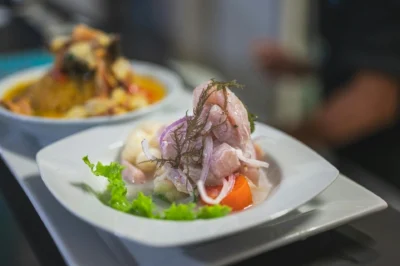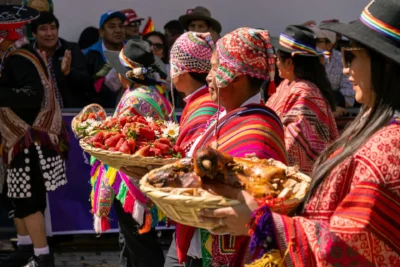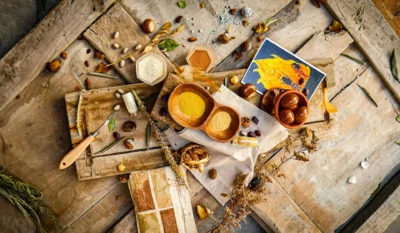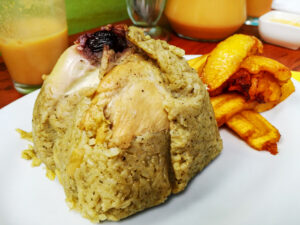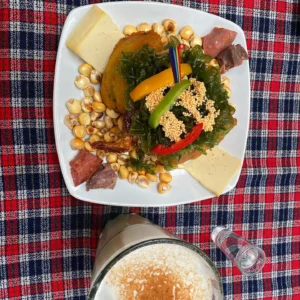Peruvian cuisine is recognized worldwide for its variety and cultural richness, and one of the most emblematic ingredients of the Andes is the guinea pig. This small animal, also known as a cavy, has been part of the Andean diet for centuries and today represents a symbol of tradition and pride in Peruvian cuisine.
If you’re planning to taste the authentic flavors of Peru, guinea pig-based dishes are a truly delicious experience.
What is Guinea Pig?
The guinea pig is a domesticated rodent that has been raised in the Andean region for thousands of years, used both as food and in rituals and festivities. This animal, known for its high protein content and low fat levels, is characterized by its distinctive flavor and is considered a more sustainable option compared to other meats. Its inclusion in Peruvian cuisine represents a strong connection to the land and the cultural traditions of the region. It is an emblematic ingredient used in various traditional dishes, such as baked or fried guinea pig.
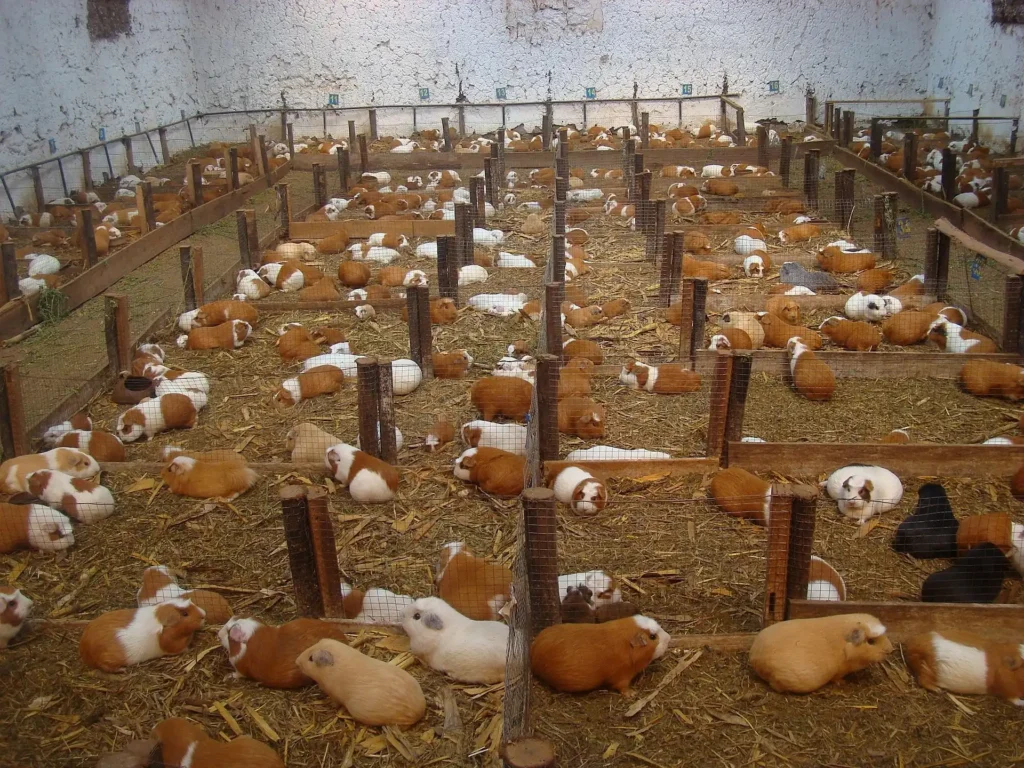
History of Guinea Pig in Peru
The guinea pig has a long history in Peru, dating back more than 5,000 years. The earliest evidence of its domestication is found in archaeological sites in the Andean region, where remains of guinea pigs have been discovered in domestic, ritual, and funerary contexts. These findings suggest that the guinea pig was not only an important food source for pre-Columbian cultures but also a symbol with religious and cultural significance.
In Andean cultures such as the Mochica, Chavín, and Wari, guinea pigs were raised in family spaces and used in ritual ceremonies, including offerings to the gods and divination practices. They were also depicted in ceramics and textiles, highlighting their relevance in both daily and spiritual life.
During the Inca Empire, the guinea pig continued to hold a central place in the Andean diet and ceremonial practices. The Incas offered it in sacrifices to their deities as part of rituals related to fertility, harvests, and health. Additionally, its meat was a crucial protein source for communities living in the harsh conditions of the highlands.
With the arrival of the Spanish in the 16th century, the guinea pig remained an integral part of the Andean diet, although it was overshadowed by introduced animals such as pigs and chickens. However, its breeding and consumption persisted as a deeply rooted tradition in indigenous communities.
Today, the guinea pig is recognized as a symbol of Peruvian gastronomy and Andean identity. It is the highlight of celebrations such as the “National Guinea Pig Day,” observed on the second Friday of October, as well as various festivals. Its consumption has diversified, and it is now prepared in a variety of dishes that blend traditional and modern culinary techniques.
Traditional Guinea Pig-Based Dishes
Baked Guinea Pig: Tradition and Flavor in Every Bite
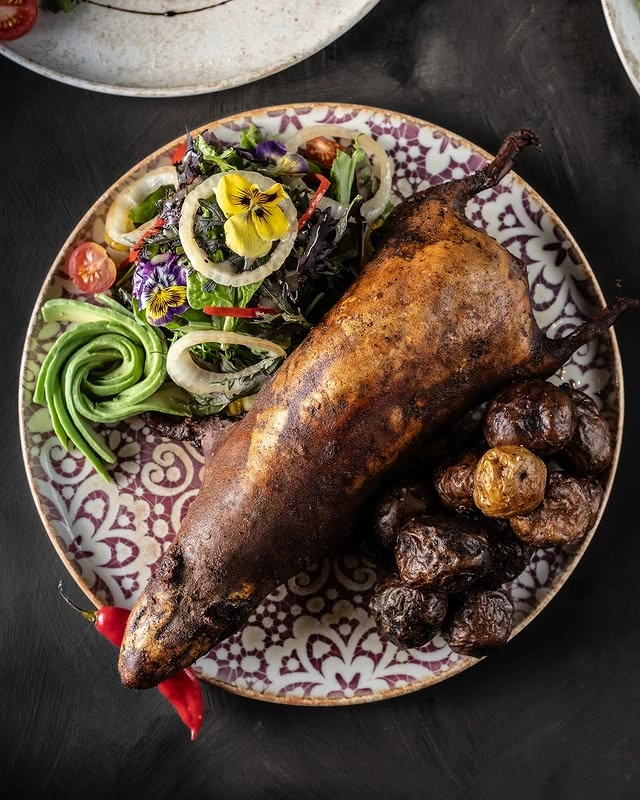
Baked guinea pig is one of the most representative dishes of Andean cuisine. The animal is carefully cleaned, marinated with a blend of Andean herbs such as huacatay, garlic, cumin, salt, and ají panca, and then roasted until its skin becomes crispy. It is usually served with potatoes, corn, and salad or with baked noodles.
This dish is typical of regions like Cusco and Ayacucho and is often prepared for special occasions and festivals.
Grilled Guinea Pig: A Culinary Experience
This dish is very popular at festivals and local fairs in Cusco. The guinea pig is skewered on a stick and slowly roasted over embers, acquiring a smoky flavor and a crispy texture on the outside while remaining juicy on the inside. It is an ideal option for those seeking an authentic and rustic experience.
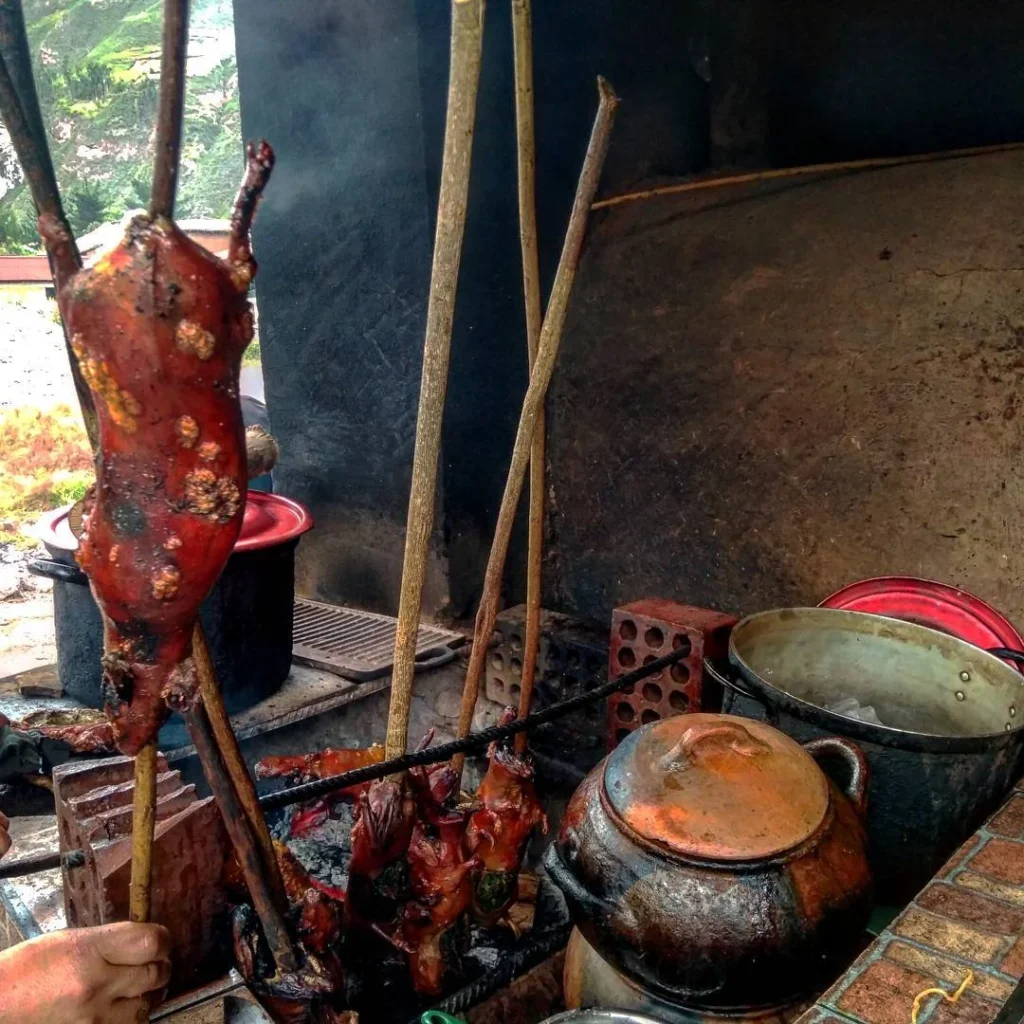
Chactado Guinea Pig: Crunchy and Delicious
Originally from Arequipa, chactado guinea pig is a dish in which the animal is flattened, seasoned with spices, and fried in abundant oil, traditionally under a heavy stone to achieve a crispy texture. It is served with golden potatoes, Creole sauce, and ground chili. It is highly appreciated for its intense flavor and the crunchiness of its skin.
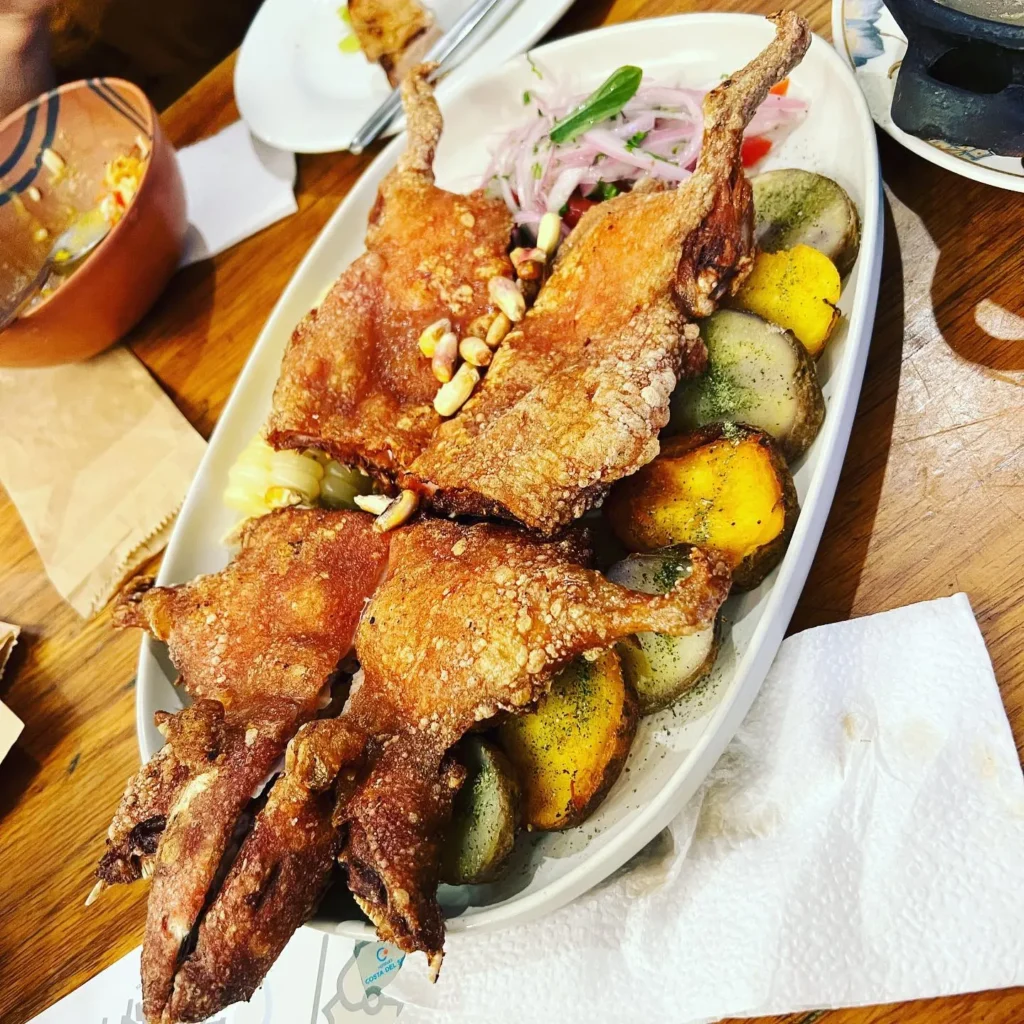
Pepián de Cuy: A Fusion of Traditional Flavors
Pepián de cuy is a traditional dish from the Cajamarca region, where guinea pig meat is combined with a thick stew made from corn, peanuts, and spices. This dish highlights the versatility of guinea pig and its ability to adapt to different cooking styles.
Guinea Pig in Pachamanca: A Connection with the Land
In pachamanca, an ancestral underground cooking technique, the guinea pig is seasoned with Andean herbs such as chincho and huacatay and cooked alongside other ingredients like potatoes, sweet potatoes, corn, and fava beans. This dish holds great cultural value and is mainly prepared for community celebrations, as it represents a deep connection with the land.
Fried Guinea Pig: Simplicity and Flavor
In this variation, the guinea pig is seasoned with spices such as garlic, salt, and cumin, coated in flour or ground corn, and fried until it achieves a golden color and a crispy texture. It is very popular in Cajamarca, where it is served with yuca, boiled potatoes, and rocoto or huacatay sauces.
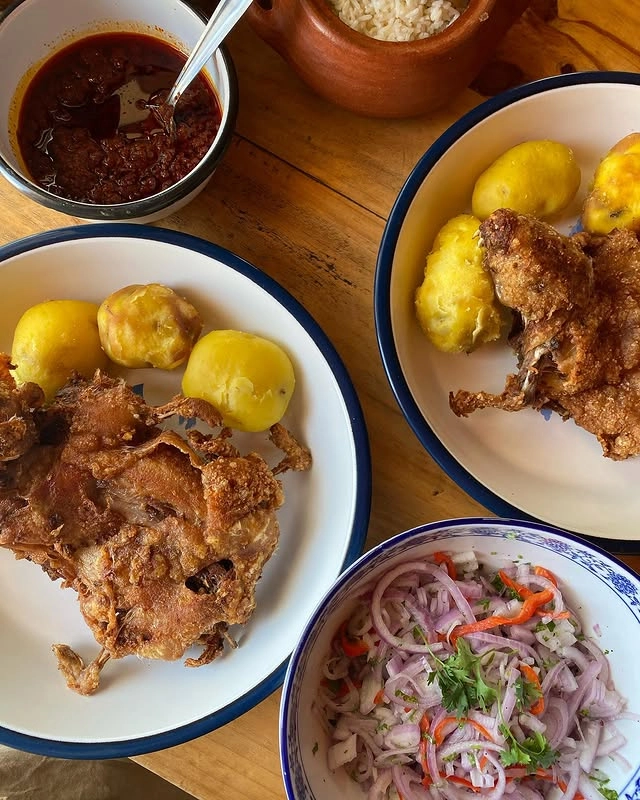
Where to Try Guinea Pig Dishes in Peru?
In Peru, as a traditional dish, guinea pig can be enjoyed in various regions, especially in the Andean areas where it is most common. Here are some places where you can try guinea pig dishes:
- Cusco: One of the main destinations to try guinea pig. You can find restaurants specializing in traditional dishes such as chactado guinea pig, baked guinea pig, and grilled guinea pig. The San Pedro Market and restaurants like La Casona del Cuy and Chicha offer guinea pig options on their menus.
- Arequipa: Known for its unique gastronomy, Arequipa offers a great variety of guinea pig dishes. Baked guinea pig and chactado guinea pig are very popular. Restaurants like La Nueva Palomino and Zig Zag are well known for serving guinea pig as part of their culinary offerings.
- Puno: In the highland region, guinea pig is an important part of the traditional diet. In local markets and restaurants in Puno, you can try guinea pig served with potatoes or in broth.
- Ayacucho: Another Andean region where guinea pig is a typical dish, especially during celebrations. Local restaurants and markets offer guinea pig in different preparations, such as grilled guinea pig or guinea pig with potatoes.
- Lima: Although not a traditional region for guinea pig, the capital also has restaurants that serve this dish, especially in areas like the Surquillo district or in restaurants specializing in Andean cuisine.
These gastronomic destinations are ideal for enjoying the different preparations of guinea pig. For an authentic experience, local markets and rural restaurants in the mentioned regions are the best places to enjoy guinea pig prepared in a traditional way.
